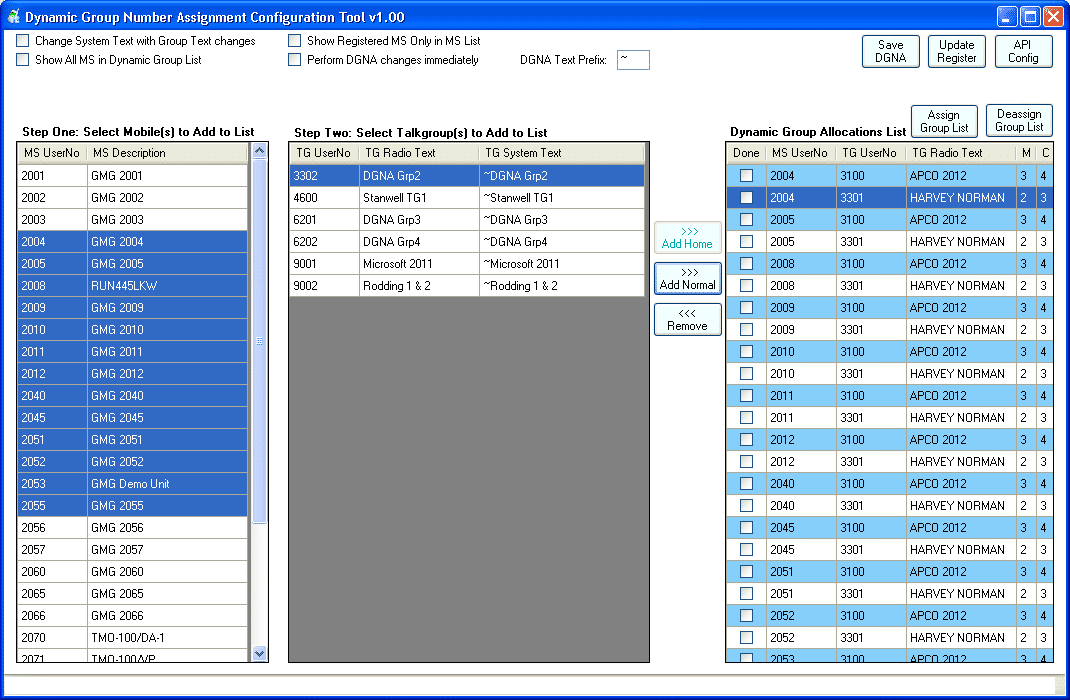When a radio terminal is used as a shared resource, the association of a terminal’s fixed Individual TETRA Subscriber Identity (ITSI) and the radio user will rarely be the same. Through the use of aliasing, a terminal user or Back End Application (BEA) can associate a radio user to terminal ITSI provide terminal and user portability.
Radio users must be assigned a dedicated “user number” so that monitoring who is talking or contacting this individual user becomes easy. The user number also becomes the tetra phone number, a unique number depicting that user.
BEA’s and aliasing protocols allow radio users to perform the following tasks:
- Log In: This has the effect, if successful of associating the terminal’s ITSI with the user.
- Log Out: This has the effect, if successful of disassociating the terminal’s ITSI with the user currently associated with it.
The user will, receive responses from the above actions to indicate success or failure. The reassignment of terminals to the user is indicated by the user number and user name reference appearing or removed from the terminal screen accordingly.
The reassignment of a terminal will also apply a specific name and user profile in the network subscriber database. Subscriber profiles contain a list of features and functions each user has on the Tetra network. Management can now assign specific profiles to users that get applied to the radio terminal they are using. Profiles include (but are not limited to):
- Access list of talkgroups
- Access list of sites (geographic)
- Access to make or receive individual call services
- Access to make or receive telephone call services
- Access to SDS messaging services
- Priority level controls: Low, Medium, High, Pre-emptive
- Access to Packet Data services
DAMM Networks Australia utilises Dynamic Group Number Assignment (DGNA) and reassignment to allow virtual Over The Air Programming (OTAP) of TETRA terminals. DGNA enhances the flexibility of operators to assign (and later reassign) subscribers new Talkgroups that are not originally programmed into a terminal.
For example, users from the Police, Fire and Ambulance could be brought together to manage a major emergency.
Resorts, Universities, Hotels, and Convention Centres can assign new talkgroups to terminals for special events plus set a home talkgroup with customised descriptions.
DGNA is also considered useful for managing incidents by other user organisations such as Utilities and Transportation.


